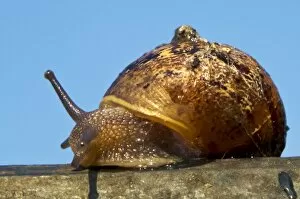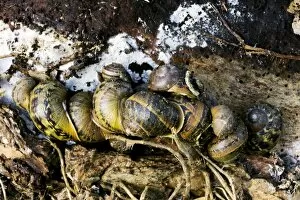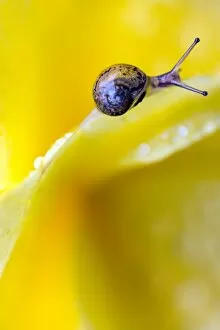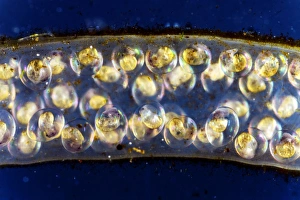Pulmonate Collection
"Discovering the Fascinating World of Pulmonates: From Mating Spanish Slugs to Edible Snails" In September
All Professionally Made to Order for Quick Shipping
"Discovering the Fascinating World of Pulmonates: From Mating Spanish Slugs to Edible Snails" In September, Germany witnessed a captivating sight as an adult pair of Spanish slugs (Arion vulgaris), an introduced species, engaged in mating. These air-breathing land snails showcased their unique reproductive behavior. Meanwhile, in another part of Europe, the Roman Snail or escargot (Helix pomatia) made its presence known. This large and edible species displayed its beautiful shells that have been enjoyed as a delicacy for centuries. Venturing into the sea, we encountered the Aeolidiella alderi Seaslug off the coast of Kimmeridge in Dorset, England. This captivating creature delighted us with its vibrant colors and graceful movements. Heading towards Greece's Imbros Gorge in April, we stumbled upon a group of Cretan Door Snails (Albinaria inflata) aestivating on rocks. Their ability to survive harsh conditions amazed us. Back in England's Crossness Nature Reserve, Bexley, Kent, we observed baby Kentish Snails (Monacha cantiana) crawling along reed stems. These tiny explorers were already showcasing their determination to explore their surroundings. The carnivorous nature of some snails surprised us when we witnessed an adult Carnivorous Snail (Poiretia dilatata) feeding on its prey - Round-mouthed Snail (Pomatias elegans). Nature's intricate food chain unfolded before our eyes. Sadly not all stories had happy endings; two White-lipped Banded Snails (Cepaea hortensis), killed by Common Glow-worms (Lampyris noctiluca), reminded us of the fragile balance between predator and prey. However, resilience prevailed as a yellow form adult White-lipped Banded Snail continued its journey over rocky terrain at South Stack Cliffs RSPB Reserve.


























